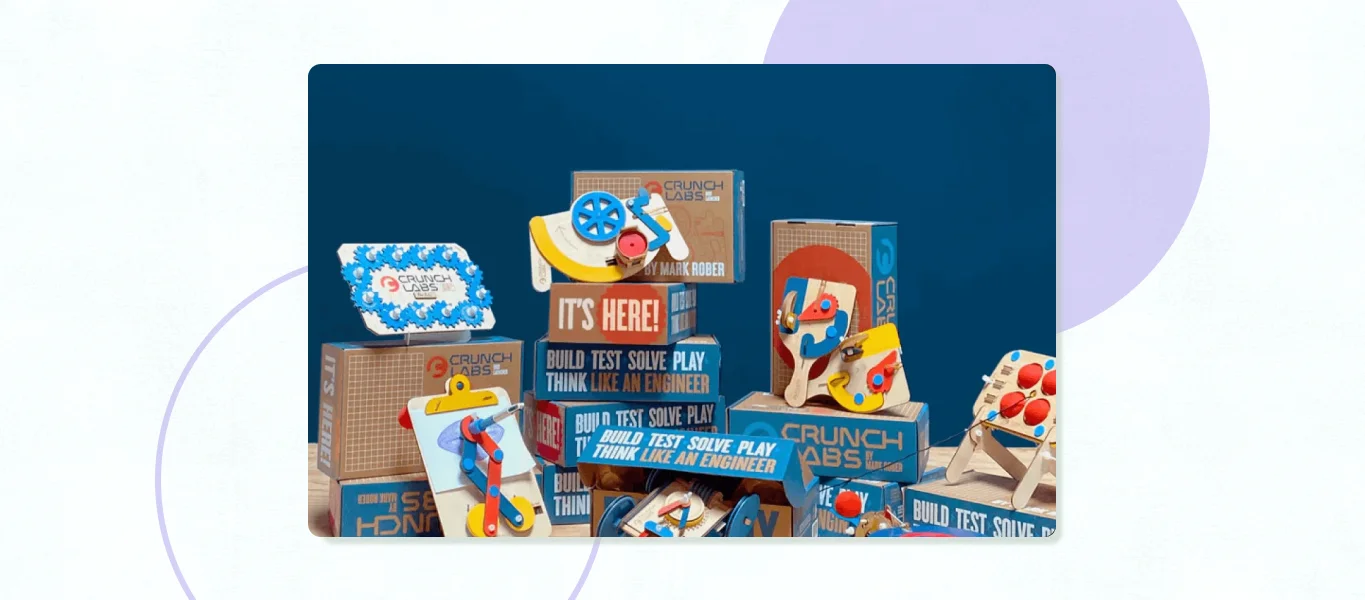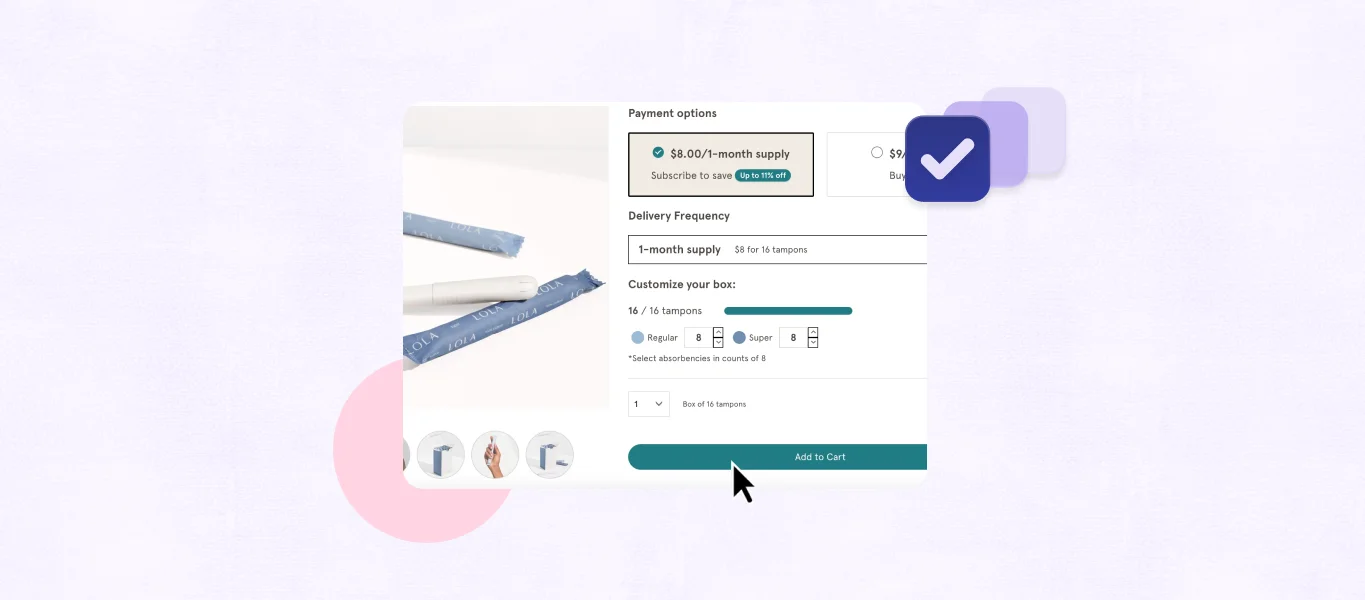It’s been a BIG year for the home and garden commerce sector. While worldwide online retail sales grew by 27.6% in 2020, sales in the home and garden market went through the roof, with UK year-on-year sector growth of a staggering 119.75%.
Success offers its challenges
But as we see the figures continue to grow with high double-digit month-on-month growth, so too does the pressure on online retailers to make sure that they are winning a fair share of this new business. As well as devising a strategy that sees ecommerce continue to grow as physical stores reopen and consumers return to the high street. While 2020 may have been a case of ‘all hands to the ecommerce pump’, 2021 is the year of facing omnichannel challenges and making acquisition consistent and effective across all channels.
Here, we take a look at strategies across acquisition, conversion, and retention to help online retailers in the home and garden sector.
Your not-so-typical customer journey
Customer journeys in the home and garden arena vary very differently from other industries. Of course, it depends on the product entirely but if we think about a product such as a sofa or a bed–they’re not impulsive buys. They’re much more considered purchases.
Customers are considering these types of purchases from many different angles. It’s all about timing, budget, and specifications. They want to do their research and educate themselves on what is the right product for them. This means there are multiple touchpoints in their customer journey. As a home and garden retailer, you want to be there and deliver what they want at every moment.
The customer could be looking on review sites, scrolling through social media, and then going in-store to see the product, before then going to your website (or a different order of those steps entirely). There are a lot of moving parts to these types of customer journeys and the time frame could take from just a few days to a few months.
Of course, there are also the types of customers who need to purchase something quickly too. It’s varied depending on the customer, the purchase, and the cost of the product.
Acquisition is key to the home and garden retailer
Acquisition is a key component of any home and garden retailer’s marketing strategy. Acquiring new customers is important as you don’t get the same type of retention in this space as you would in other sectors. You need to find new customer opportunities through your typical acquisition channels such as Paid Social, Paid Search, SEO and Email Marketing, but also Display and Video Ads, which tend to get overlooked by retailers in other industries. In the home and garden sector, those additional touchpoints are needed to meet the customer in their purchasing journey.
Content marketing is king when it comes to home and garden, too. These types of buyers are looking to be educated, and need additional resources to make a decision. Take beds and mattresses as an example–a person might have a bad back and search for the right mattress to help, which means they’ll be doing research around their specific affliction and how your product may help them. For products people aren’t buying regularly, customers need more education, so they may go to Google and type “best beds for back pain”. You want to be discoverable at this point in the user journey helping them in their search.
Where we see retailers doing well is when they provide additional value to their potential customers by offering them answers to their questions in the research phase of their customer journey. This helps you to build a relationship with the customer and keeps your brand in mind when they are ready to make a purchase.
Nurture them with retargeting
Utilising customer data is another key to success for home and garden merchants. When a customer first visits your site, it’s more than likely they aren’t there to make a purchase right away. In fact, studies show that customers are over 70% through their decision making before they ever talk to a sales rep. So how do you cultivate that portion of their journey before they even speak with you? Whether they subscribe to emails and updates, or they’re taking actions on your site to look for certain products, use the data you have access to through your tech stack to retarget them with relevant ads. Nurture them by serving content or products that make sense based on their activity, and offer them a personalised experience in the hope of inspiring them to make a purchase and become loyal customers.
Now they’re engaged, how do we convert?
When the customer is browsing your website, you want to give them the best experience possible to get them to stick around and convert.
Your site search tool is a really important factor in this, especially if you have a lot of SKUs. Not only does site search help the shopper who knows exactly what they want, find the specific product, it also is a great source of inspiration for a customer who doesn’t know what they want. Using popular search terms or native language functionality can convey what other people are searching for and help your potential customer know what to search for. If you use a modern site search in your tech stack, this can act as a virtual shop assistant helping a customer find what they are looking for on-site. Many brands also leverage an automated chat-bot on their sites to act as a search engine, support person, sales rep, and overall informational resource.
You can also use your site search to serve your content across the site. A regular site search would just show products in search results, instead, you can bring in content such as buying guides to help entice your users to stay on-site for longer. By highlighting and exposing your content in your site search, it provides more valuable information to your users, improves customer experience and increases loyalty.
Wherever possible it is key to replicate the in-store experience, online. Provide a personalised experience by taking your customer’s data, whether that’s what they were searching for or product detail pages they were looking at, and sending a follow-up email if they left the site without making a purchase. In the email include relevant content and products to try and persuade them to return and purchase.
By using data and insights you can really understand your customers and gain insight on what information to serve them to help nurture them through the funnel.
Retention is difficult but worth it
When the customer lifecycle is long, asin the home and garden sector, retention can be tricky. For example, experts say customers only need to replace their mattress every 8 years, and many consumers don’t even follow that recommendation. The question is do you invest time and money in a customer who might not need your product for a long time?
The answer should be yes, you should always engage with your customer as they may want to purchase another type of product from you, they may want the same product for a second home they own, or they could have friends and family who they’d like to recommend your brand to. There are plenty of opportunities with an effective retention strategy to continuously engage your customer base.
Keep your customers in the funnel and engaged by sending them personalised emails with products that align well with what they have already bought. You can use this as a tactic to cross-sell specific products in your line, keeping your customer retained and loyal. You should also play around with the frequency at which you send retention emails. Find the right balance for your customers so they don’t feel bombarded, but also are able to keep you top of mind.
Referrals and recommendations are incredibly important in this industry. So, it is key to surprise and delight your customers post-purchase.
Can you introduce a subscription model?
Are you selling products that require the customer to purchase regular refills (i.e. a replenishment style of product)? For example, coffee machines need regular coffee pods, or lighting items need bulbs. Offer the opportunity for customers to subscribe and save for these additional products. This not only retains the customer on a steady payment stream, but it also allows you to build a long-lasting relationship with the customer.
Additionally, you can think of the rooms of the house of your customer. Where does your product offering fit in and how can you stand out from your competition? By offering the convenience of a subscription for your home and garden goods, you provide customers with the opportunity to regularly experience your products. And as friends and family visit the home, there is a secondary opportunity for your products to come up in conversation.
Subscription management requires a level of logistics know-how in order to ensure your customers are receiving regular, flexible deliveries. Utilizing a subscription payments solution, like Recharge, automates much of the subscription process for you, which allows you to focus more on building strong relationships with your customers.
In conclusion
These tactics are great opportunities to acquire, convert and retain customers in the home and garden sector. Keep in mind, these tips and tricks aren’t one size fits all. Utilize a combination of tactics to create a wonderful customer experience from start to finish. Find ways to surprise and delight your customers with each unboxing of a subscription with you. Continued focus on the customer experience not only creates loyal fans, but also provides you with the opportunity to gain referral customers.
About Space 48
Space 48 is an award-winning eCommerce agency that works with global, forward-thinking retailers. It blends customer experience focused solutions with unbeatable ecommerce technology to amplify the revenue companies can generate online. Space 48 is trusted by various platforms including BigCommerce, Magento, Shopify, Shopware and more, to deliver exceptional eCommerce experiences for consumers.
During its 13-year history, it has provided a full range of eCommerce consulting services with a focus on designing solutions to improve end-customer experiences and drive online sales. This includes eCommerce design experience, engineering, platform improvements, growth marketing and eCommerce consultancy. Having a long track record as an independent advisor across leading eCommerce platforms including BigCommerce, Magento and Shopify, Space 48 offers a differentiated proposition in the market due to the breadth of its eCommerce platform relationships. It has created beautifully designed and high performing ecommerce stores for Ordnance Survey, Charlotte Tilbury, Richer Sounds, Missguided and more. Covering a range of industries but having a specialist expertise in home & garden, health & fitness, gifting & luxury, and fashion & jewellery. Visit: www.space48.com



